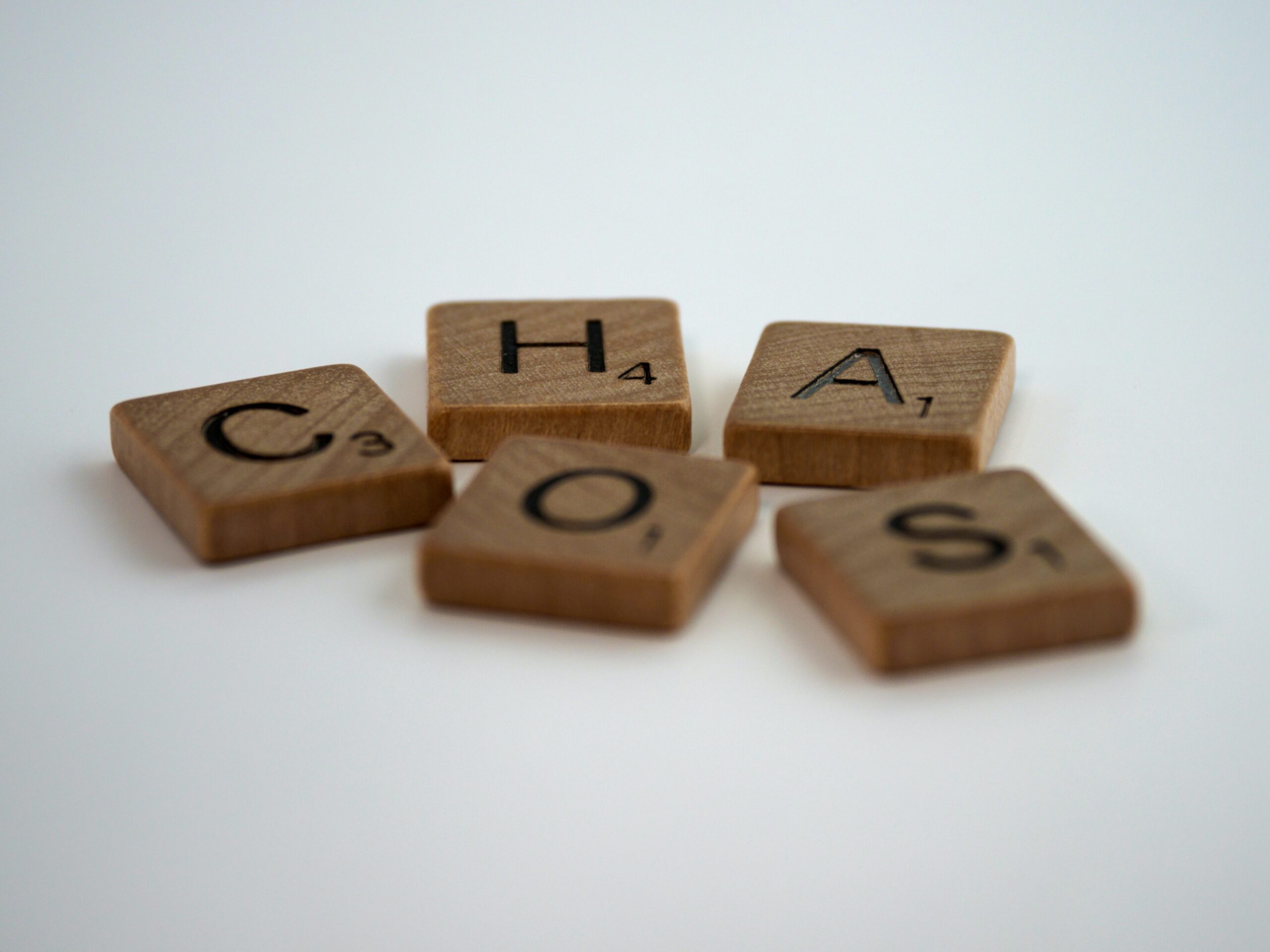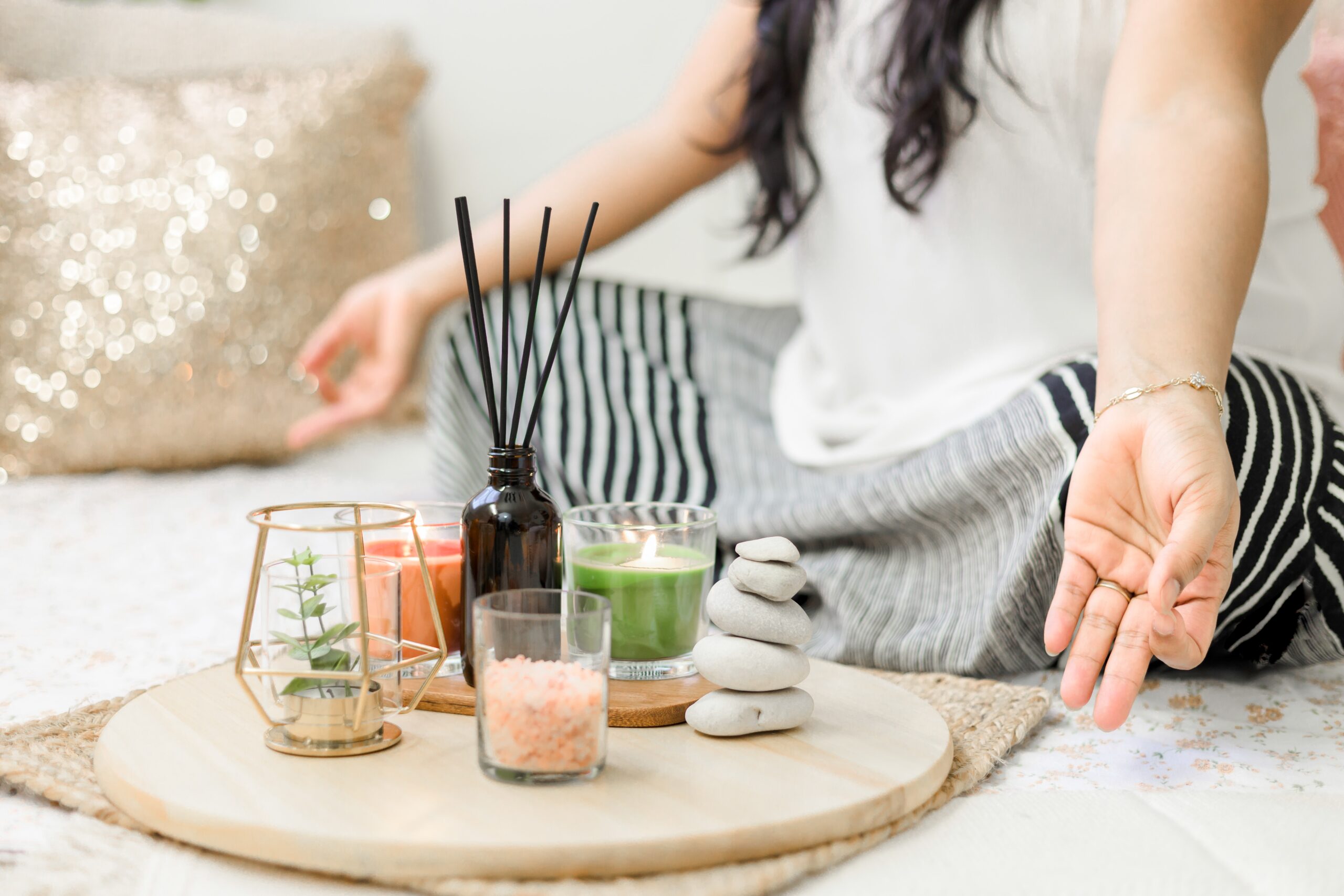Leestijd: 3 minuten |
22 self-care ideas to try this year
#1. Get out for a walk. Try these 7 steps towards a mindful walk.
#2. Take a warm bath or shower. Make sure you have your favourite shower oil, loofah or scrub. And stay in for as long as you need to get raisin skin!
#3. Order take-out. Pick your favourite restaurant (support your local businesses!) and order whatever you like. Bonus points if they supply you with enough cutlery or chopsticks for two or more people. You can eat the leftovers tomorrow – or see if your friendly neighbour is hungry.
#4. Have a good cry. Seriously. Don’t hold back. Get it out of your system. You’ll feel so much lighter afterwards.
#5. Try some breathing exercises. If you have no idea where to start, check out these super easy breathing techniques for beginners.
#6. Start meditating if you’re not already doing it. Here are 5 meditation techniques for beginners to try.
#7. Do yoga. If you’ve never done yoga, look up some beginner videos on YouTube and just give it a try. As long as you never push past your own physical limits, you’ll be fine – even without a ‘physical’ teacher (if you want to get serious, eventually, you should definitely find a yoga teacher once they get permission to teach classes again. But as long as that is not an option, take cue from the online experts).
#8. Wash your bedsheets. You should do this regularly, of course. Sleep hygiene is important! But this time, be extra mindful about it. Air out that mattress, stuff up those pillows, take out your fanciest sheets. And be sure to take a shower before you go to bed that night. There is nothing like being all clean and crawling under your clean sheets!
#9. Give yourself a compliment. Having a hard time? Get inspired by these 5 phrases to tell yourself in the mirror.
#10. Watch one of your guilty pleasures. Can you think of a tv show or movie others would ridicule you for watching? Go watch that. And don’t feel guilty about it!
#11. Embrace JOMO. If you sometimes feel the Fear Of Missing Out (FOMO), try to convert this into a more positive state of mind. This is what I’d like to call the Joy Of Missing Out (JOMO). Belief me, you can genuinely enjoy your alone time once you no longer need constant validation from others.
#12. Discover how nice silence can be. Here’s why intermittent silence may be the perfect way to meditate for you.
#13. Deactivate your social media account. You don’t have to delete it, of course. Just deactivate it for a day. Or two. And see how that feels.
#14. Write someone a letter. Chances are it’s been a while since the last time you’ve done that. Pick a person you’re missing right now, or someone you’ve been meaning to contact for a while but just haven’t gotten around to it yet. Don’t worry about spelling or grammar – just start writing, and write from the heart. You’ll be amazed at how this also helps you to process events! That said, don’t forget to actually send the letter.
#15. Infuse your home with a little Feng Shui. Here’s how to use Feng Shui as a path to mindfulness.
#16. Listen to music. What kind of music, you ask? Whatever hits you right in the feels!
#17. Dance. Does your playlist happen to contain some upbeat songs? Get off the sofa and start dancing like nobody’s watching! Your cat/dog won’t judge you. Promise.
#18. Sing. This is my favourite thing to do in the car, because for some reason it has the best acoustics. But you can sing anywhere you like!
#19. Play with a pet. If you don’t have one of your own, visit a friend who does, or go to a cat café. You can also consider volunteering at your local animal shelter. They can always use an extra pair of hands. And you get to feel the love and healing vibes of dozens of pets.
#20. Slow down. Check out 10 ways to slow down and enjoy the present moment.
#21. Get out of your comfort zone. The idea of getting out of your comfort zone may seem a little out of place here. But trust me on this one! By doing something you’re scared of, or something you wouldn’t normally do, you’re creating space for yourself to grow. You’re also building resilience, which will help you deal with any setbacks you get to face in your life. If you’re having trouble, ask a trusted friend to pull you out of your comfort zone. I recently did this, and he came through. I have no regrets!
#22. Treat yourself. Shop our The Watch Now models and pick your favourite. You really don’t need an excuse to buy yourself a gift. And if you do, consider it an early Valentine’s Day gift.









